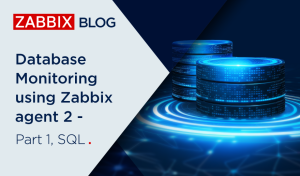
Tag: database

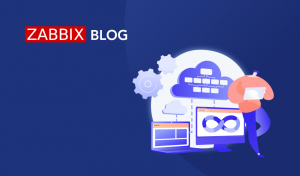
Backups to the rescue!
Nathan Liefting
September 30, 2022
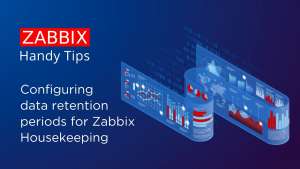
Handy Tips #12: Optimizing Zabbix database size with custom data storage periods
Arturs Lontons
November 18, 2021

Monitoring MongoDB nodes and clusters with Zabbix
Dmitry Lambert
October 5, 2021

Out-of-the-box database monitoring
Renats Valiahmetovs
April 27, 2021

MySQL performance tuning 101 for Zabbix
Vittorio Cioe
April 15, 2021

Partitioning a Zabbix MySQL(8) database with Perl or Stored Procedures
Nathan Liefting
March 9, 2021
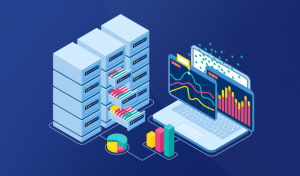
What takes disk space
Aigars Kadiķis
January 28, 2021
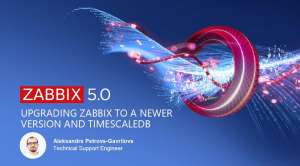
Upgrading Zabbix to a newer version and TimescaleDB
Alexander Petrov-Gavrilov
July 9, 2020

Scaling Zabbix with MySQL InnoDB Cluster
Vittorio Cioe
November 28, 2019

Database ODBC Monitoring with Zabbix
Dmitry Lambert
November 19, 2019

Zabbix, Time Series Data and TimescaleDB
alexk
May 7, 2019